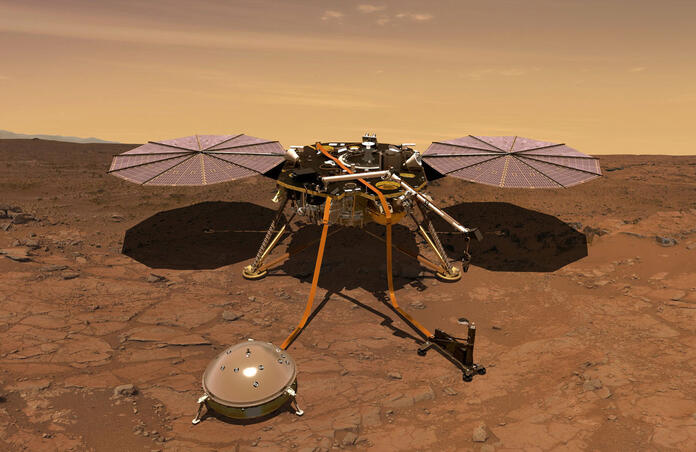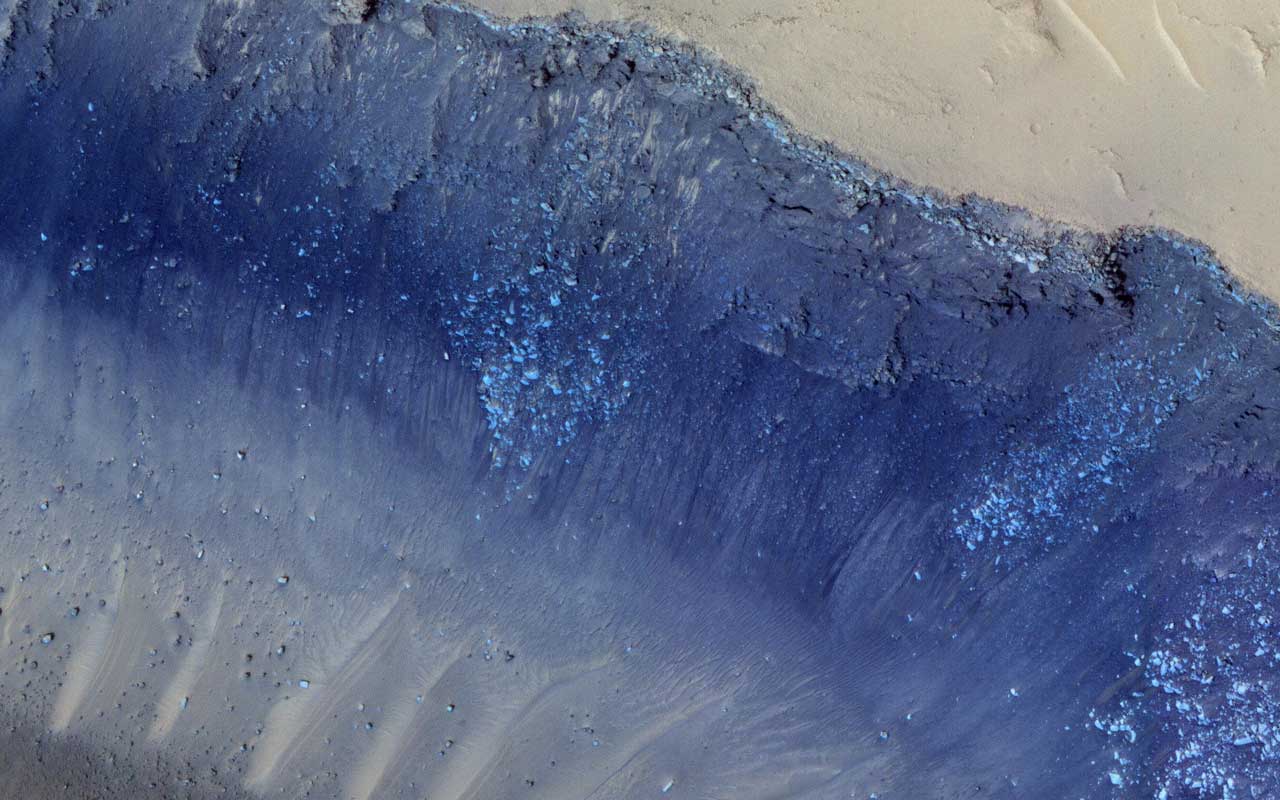NASA’s InSight Records Hundreds of Quakes on Mars

NASA’s InSight, the most recent robot to inhabit Mars, is already sending back a lot of valuable data on the red planet, particularly on seismic and weather activity. Only ten months after touching down on the planet, InSight detected over 174 “marsquakes.” By early 2020, that number has grown to over 450. The robot has endured quite a bit of grief during its relatively short time on Mars, from rampaging whirlwinds to “atmospheric tsunamis,” but is continuing to handle its mission with ease. Equipped with a highly specialized ultra-sensitive seismometer, the data now being returned to Earth has confirmed just how seismically active Mars truly is.
Seismic Activity on Mars
InSight’s primary mission is to study the “vital signs” of Mars, using three advanced onboard instruments, which include a seismometer (SEIS), heat flow probe (HP3), and a radio science experiment (RISE). According to NASA, the robot has two primary science goals, (1) to "Understand formation and evolution on Mars" and (2) to "determine the level of tectonic activity on Mars." Among the primary and secondary onboard instruments, its seismometer and weather sensors are providing a plethora of data so far, with reports of hundreds of quakes, dust devils, and other “strange magnetic pulses.”

These marsquakes provide essential insight into the red planet’s inner composition, as seismic waves help to effectively map-out whatever they pass through. Though 450 is an incredibly high number, the quakes are often quite disappointingly mild. So far, the largest marsquake detected had a magnitude of 4.0, which is not enough to pierce down into mantle or core—researchers are still hoping for the “Big One.” Two of the most significant quakes, caused by volcanic activity (Mars doesn’t have tectonic plates), occurred in a region of the planet known as Cerberus Fossae.
InSight’s Goals Are Still Ongoing
Aside from seismic and atmospheric data, InSight has also discovered areas with highly magnetized surface rock, remnants from a time billions of years ago when Mars had a magnetic field. Unfortunately, InSight did run into a few snags with its heat-flow probe—a glitch caused the probe to become stuck in the ground during the first initial use over a year ago. The probe was designed to dig nearly five meters into the ground but became stuck around half a meter during its descent. The InSight team is using the robot’s arm to help nudge the probe further down.
InSight still has much to accomplish on Mars, and the team is eager to keep the research flowing. Based on its progress so far, the robot is sure to continue strengthening our understanding of the mysterious red planet’s atmosphere, composition, and overall evolution.